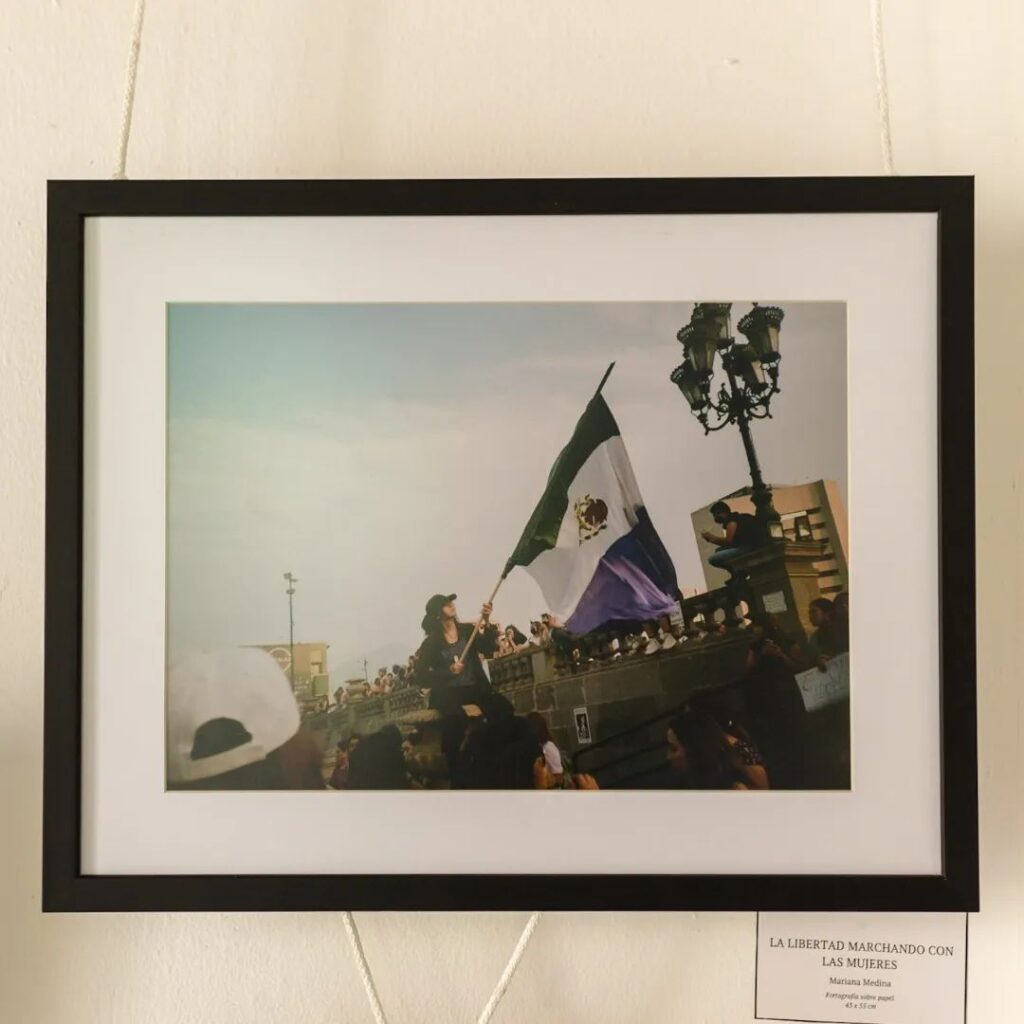“Purple, as everyone knows, is the royal colour. It stands for the royal blood that flows in the veins of every suffragette.”
— women’s rights activist Emmeline Pethick-Lawrence, 1908
I first encountered the feminist zeitgeist of México through the Netflix documentary ‘The Three Deaths of Marisela Escobedo’ in the midst of the pandemic. It tells the story of Marisela Escobedo Ortiz, who was murdered in 2010 while protesting the 2008 femicide of her 16-year-old daughter, Rubí. The murders of Marisela and Rubí are just two of the hundreds of femicides committed in México every year.
That number crossed the one-thousand threshold in 2021.
On International Women’s Day the year prior, just three days before COVID was officially declared a pandemic, ‘8M’ marches took place across the country (‘8M’ is a shortening of ‘8 de marzo’ — 8th of March), protesting both the rising rates of femicide and the lack of government intervention. I didn’t know of the ‘8M’ abbreviation until 2021, when masked crowds filled the streets of Monterrey in their thousands. A sea of purple.
Purple clothes. Purple make-up. Purple flares. Purple graffiti saying ‘Mi cuerpo, mi decisión’ — ‘my body, my choice’.
One theory for the increasing frequency of femicides is: as women’s voices grow stronger, so too does retaliation.
A month after 8M 2022, an 18-year-old girl named Debanhi Escobar went missing here in Monterrey. Social media was certainly loud during 8M, but when Debanhi was reported missing, my feeds were little more than ‘MISSING’ posters and hour-by-hour updates on search efforts. It wasn’t until Debanhi’s case went truly viral online that a special investigation was launched, and, 13 days later, Debanhi’s body was found.
Debanhi’s family (who were incredibly vocal on social media while the case unfolded) demanded a second autopsy, after the government’s one deemed her death an accident. The second autopsy found all the physical hallmarks of femicide.
Debanhi, like Marisela and Rubí, became faces of resistance and resilience.
In 2024, Kass and I are spending the afternoon with a friend, hopping between coffeeshops and galleries in Barrio Antiguo, the old part of the city. In one, I see a print by photographer Mariana Medina, capturing an 8M protestor holding up a modified version of the Mexican flag. The red has been swapped for purple.
Kass sees me looking, and explains: the red stripe on the Mexican flag is as a symbol of the blood sacrificed by the revolutionaries who fought in the Mexican War of Independence.
With its red stripe turned purple, the flag represents the blood of those taken by femicide.
